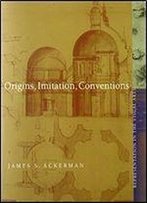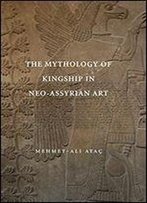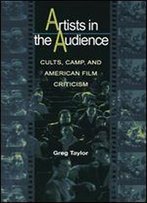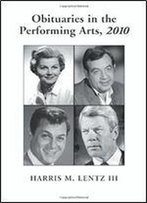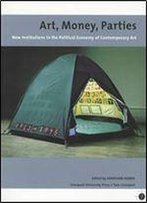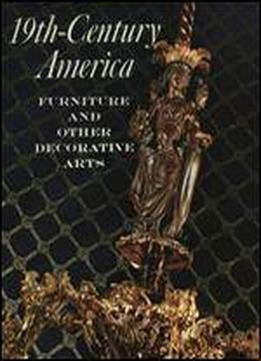
Nineteenth Century America: Furniture And Other Decorative Arts
by Berry Tracy /
2013 / English / PDF
35.8 MB Download
As the central feature of its year-long Centennial the Metropolitan Museum has mounted a spectacular exhibition of American decorative arts of the nineteenth century. Federal, Empire, Gothic, Rococo, Renaissance, Art Nouveau, Reformthe century's principal styles succeed one another in a series of lavish room settings and galleries that display the 300 prime pieces illustrated and discussed in this book. More than 200 of these objects, including furniture, silver, glass, ceramics, and metalwork, are treasures of the Museum's American Wing, some of them accessioned during the Museum's early years, a substantial number acquired only recently and never shown before. The rest of the material has been lent to the exhibition from other museums, institutions, and private collections. A show of this magnitude dealing entirely with American works of the nineteenth century is without precedent. The historical line begins with the cabinetry of New England (a superb chest of drawers of about 1796 from Salem, Massachusetts), proceeds through the sedate European-influenced styles of the Empire, takes into account the medley of revivals in the decades before the Civil War, sets forth the splendid eighties, when decorative arts became an expression of American success and optimism, and ends with the elegant simplicity of furniture by the architect brothers Charles and Henry Greene. Among the outstanding furniture makers represented are Duncan Phyfe (with an entire parlor suite), Charles-Honor Lannuier (with a bed as elaborately ornamented as any made in America), Joseph Meeks and Sons, and the Rococo master John Henry Belter. Other craftsmen and manufacturers include the silversmiths Chaudron and Rasch, Fletcher and Gardiner, Gorham Manufacturing Company, Tiffany and Company, the Boston and Sandwich and New England Glass companies, the Tucker Porcelain Company, and the great decorating firms of LePrince and Marcotte, Herter Brothers, and Louis Tiffany's Associated Artists. Berry B. Tracy, Curator of the American Wing and organizer of the exhibition, has justly called it a "hundred-year chronology of the best of American taste." This description can equally well be applied to the present volume, one of two devoted to the exhibition. Its more than 300 illustrations (sixty-six in color), its comprehensive historical introduction (by Mr. Tracy), its authoritative discussion of the pieces (by Marilynn Johnson, Marvin D. Schwartz, and Suzanne Boorsch), and its extensive bibliography of the pieces themselves and the craftsmen who produced them make it an important addition to a still little-documented field.
s

